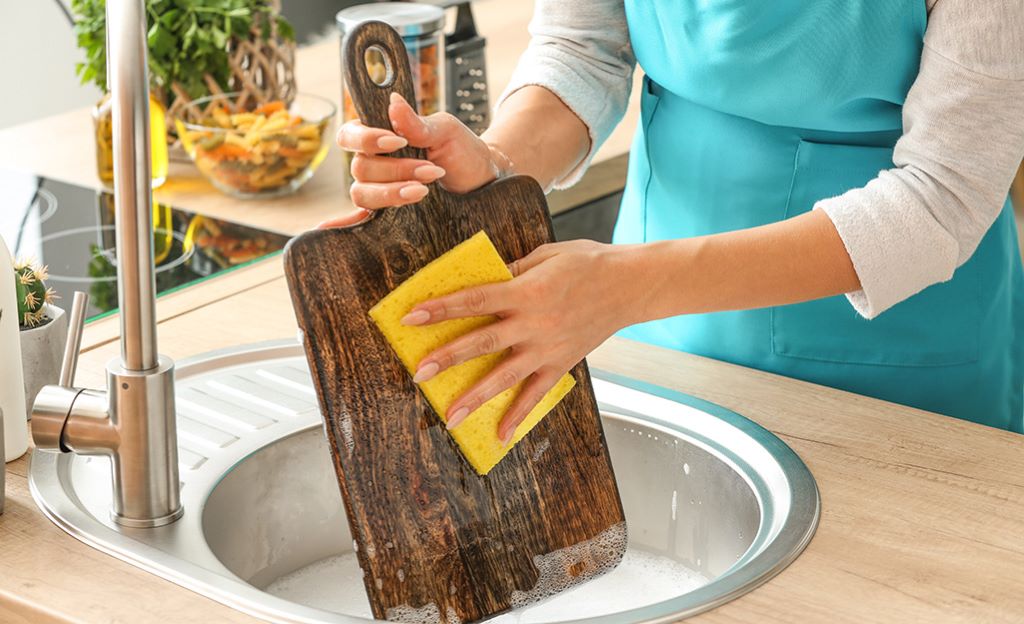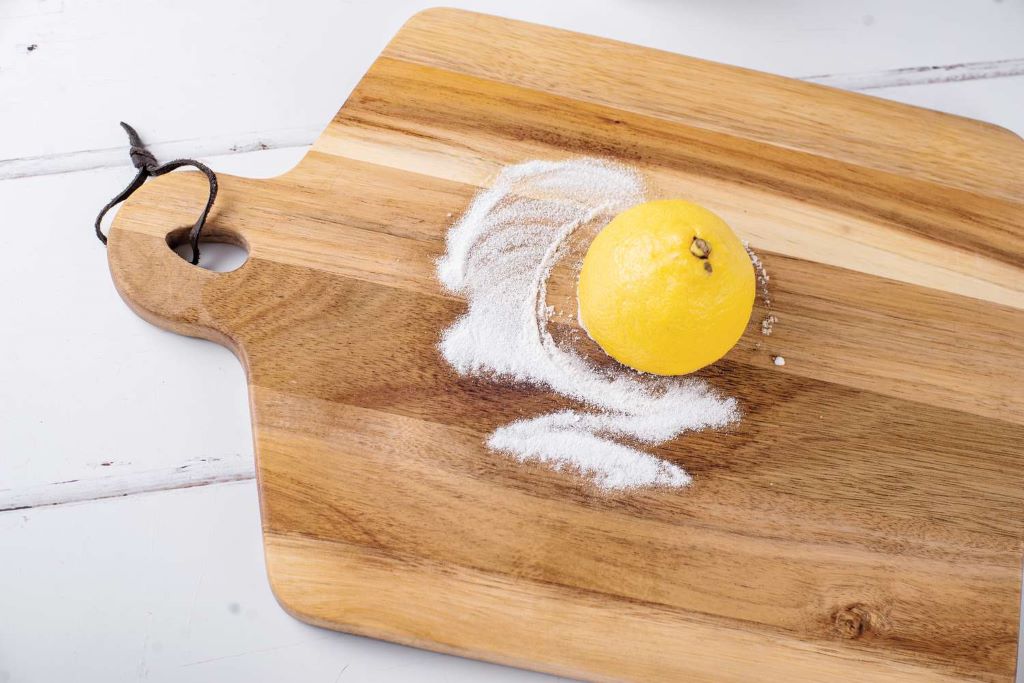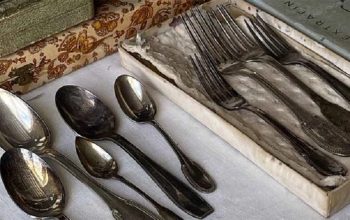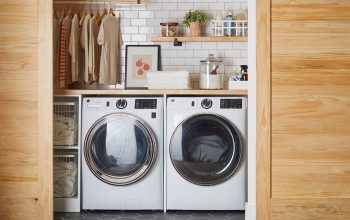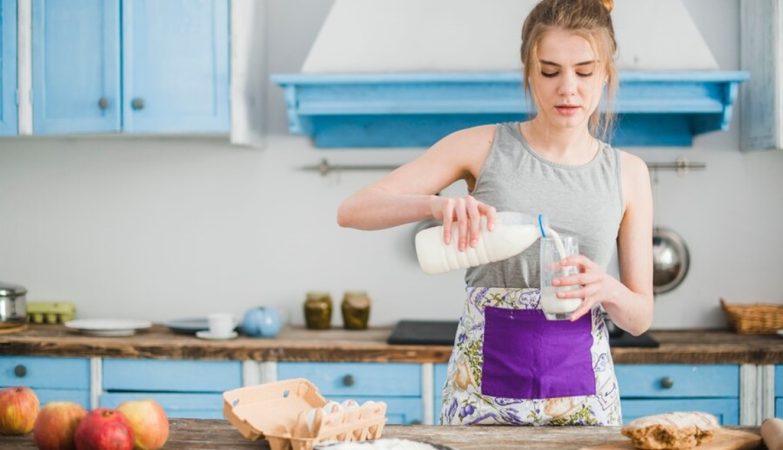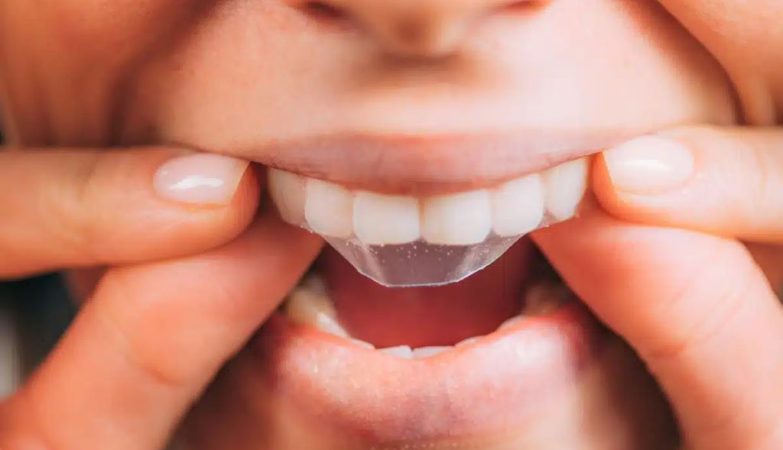A wooden charcuterie board isn’t just a serving platter; it’s a centerpiece for gatherings and a canvas for culinary artistry. However, its natural material requires special care to keep it beautiful and hygienic. Whether you’re a seasoned charcuterie enthusiast or a newcomer, mastering proper cleaning techniques ensures your board remains a cherished kitchen tool for years.
Why Wooden Charcuterie Boards Need Special Care
Wood is porous, meaning it can absorb liquids and harbor bacteria if not cleaned correctly. Additionally, the natural oils in wood can degrade over time, leading to dryness and cracking. Proper cleaning and maintenance prevent these issues and preserve your board’s aesthetic appeal.
Essential Cleaning Tools and Supplies
Before you begin, gather these essentials:
- Warm water: Avoid hot water, as it can warp wood.
- Mild dish soap: Opt for a gentle formula, preferably fragrance-free.
- Soft sponge or cloth: Avoid abrasive scrubbers.
- White vinegar or lemon juice: (optional) for disinfection.
- Food-grade mineral oil or board conditioner: (optional) for maintenance.
Step-by-Step Cleaning Process
- Scrape off debris: Use a spatula or the dull side of a knife to remove any leftover food.
- Wash with soapy water: Apply a small amount of mild dish soap to your sponge or cloth and lather with warm water. Wipe the board gently, paying attention to grooves and crevices.
- Rinse thoroughly: Rinse the board with warm water, ensuring all soap residue is removed.
- Disinfect (optional): If you’ve served raw meat or fish, a quick disinfection is recommended. Mix equal parts water and white vinegar or lemon juice. Wipe the solution over the board and let it sit for a few minutes before rinsing again with warm water.
- Dry immediately: Use a clean towel to dry both sides of the board thoroughly. Leaving it wet can cause warping.
Related: Four ideas to choose your kitchen furniture
Additional Cleaning Tips
- Never soak your board: Submerging it in water can cause it to swell and crack.
- Deal with stains promptly: If you notice a stain, try scrubbing it with a paste of baking soda and water. For stubborn stains, gently rub with a cut lemon dipped in coarse salt.
- Deodorize: If your board has lingering odors, wipe it with a cloth dampened with white vinegar.
Maintenance and Conditioning
To keep your board in top condition:
- Condition regularly: Apply a food-grade mineral oil or board conditioner once a month. This helps prevent drying and cracking.
- Store properly: Keep your board in a cool, dry place away from direct sunlight.
- Avoid the dishwasher: The harsh detergents and high heat can damage wood.
Choosing the Right Cleaning Frequency
How often you clean your board depends on usage:
- Daily use: Wash after each use.
- Occasional use: Wash before and after each use, and periodically re-condition.
Understanding When It’s Time to Replace Your Board
Despite your best efforts, a wooden charcuterie board may eventually need replacing. Signs it’s time for a new one include deep cracks, warping, persistent odors, or if the wood feels rough or splintery.
Conclusion
With proper care, your wooden charcuterie board can be a cherished kitchen heirloom, adding warmth and elegance to your meals for years to come. By following these cleaning and maintenance tips, you’ll ensure your board remains both beautiful and safe for serving your favorite culinary creations.
Remember: A well-maintained charcuterie board is not only visually appealing but also a testament to your culinary expertise. Happy hosting!

